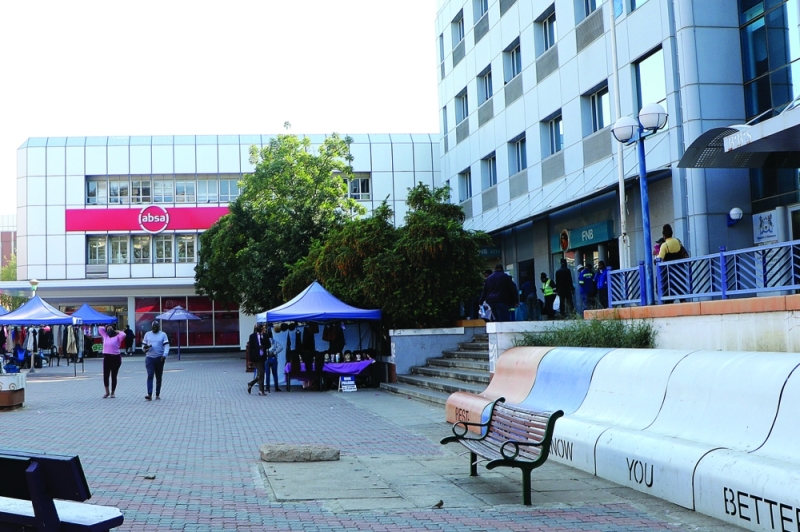Banking’s ‘Big 4’ maintain market dominance
Lewanika Timothy | Monday October 14, 2024 10:20


The central bank noted that BBS Bank’s conversion from a building society to a commercial bank marginally cut the gap between the Big Four and the rest of the market.
The Banking Supervision Report, which provides an in-depth look into the local financial sector focusing on banks, established that while the financial performance of banks was bullish in 2023, growth and market share were still in the hands of the Big Four. The top four banks are led by First National Bank Botswana (FNBB), followed by Absa Bank Botswana, Standard Chartered Bank Botswana, and Stanbic Botswana.
“In the period under review, the levels of concentration remained generally unchanged, as the four large banks continued to dominate the banking sector and jointly controlled 74.9%, 74.4% and 71.3% of total assets, deposits, and loans and advances, respectively in 2023,” the report established.
The report further noted that up to December 2023, small banks marginally increased their market share with respect to assets, deposits, and loans and advances owing to the conversion of one statutory bank to a commercial bank”.
The Herfindahl-Hirschman Index (HHI), a widely applied final measure of market concentration, declined to 0.15866 in 2023 from 0.17148 in 2022, suggesting an improvement in the level of competition in the banking sector. The improvement was again linked to BBS Bank’s entry as a commercial entity.
However, the HHI was lower than 0.1800 “indicating a moderately concentrated market, as small banks gained market share by asset, deposit and credit (loans and advances)” the report revealed.
The Big Four led the market’s profits in the first six months of the year, as the collective after-tax earnings of the banking sector looked set to break records. In the first six months of the year, banks’ collective earnings hit about P2 billion, more than 30% higher than the same period last year.
Absa Bank Botswana’s pretax profits for the first months of the year rose 26% to P562.6 million, with executives noting strong net interest income, restrained growth in operating expenses and the fruits of a diversification effort.
At Stanbic Bank Botswana, pre-tax profits in the first half of the year rose 45% from the corresponding period last year, reaching P420 million, on improved loan quality and lower costs of liquidity. Stanbic directors noted that efforts to improve loan book quality paid off during the period, with the credit loss ratio declining to 0.25 percent as at June 2024, compared to 0.7 percent during the half-year to June 2023.
Standard Chartered’s pretax profits in the first six months of the year rose by a modest six percent to P254.5 million, helped by a “steady growth in operating income, cost management strategies and quality of the loan book”.
At First National Bank Botswana, for whom June 30 was the end of the financial year, net interest income was up 24% to P1.8 billion compared to the corresponding period last year, while non-performing loans were down by P89 million or 10%.
Profit before tax for the period was up 26% to P1.8 billion.
